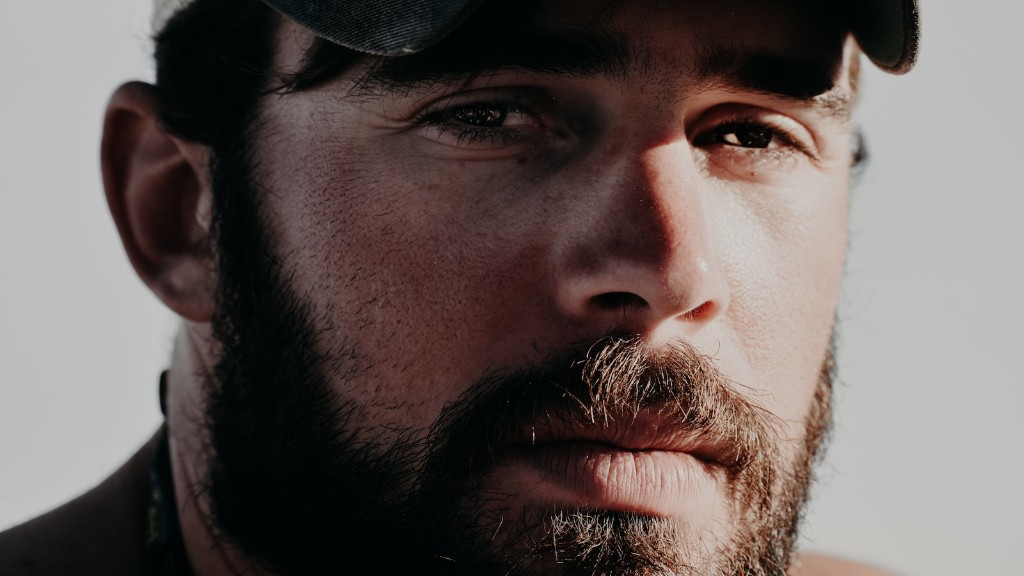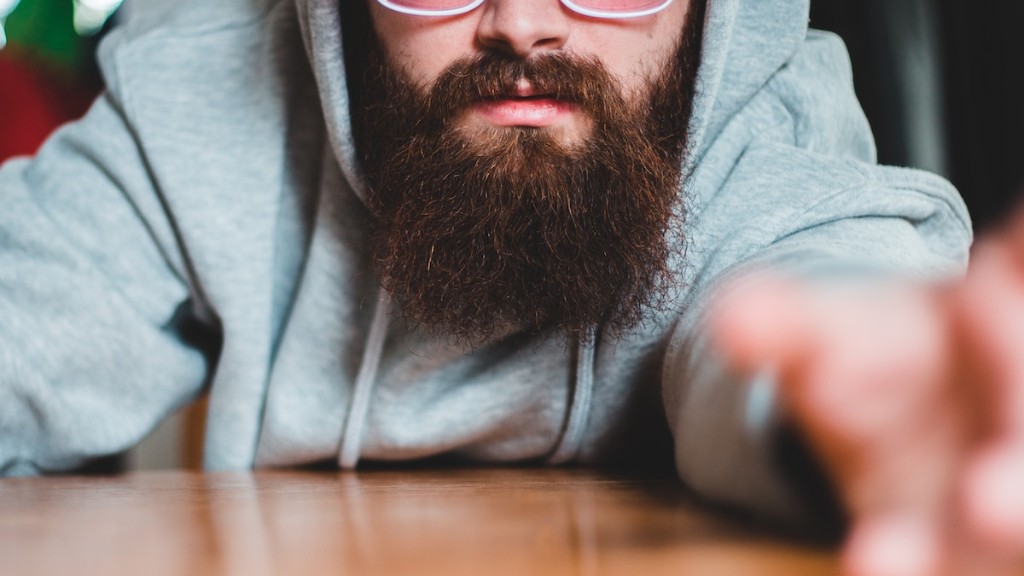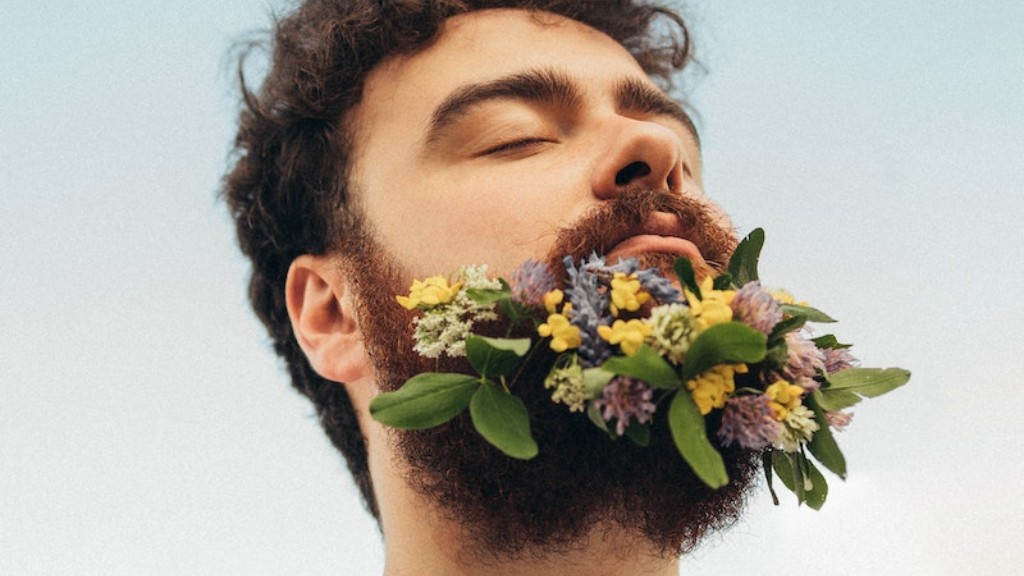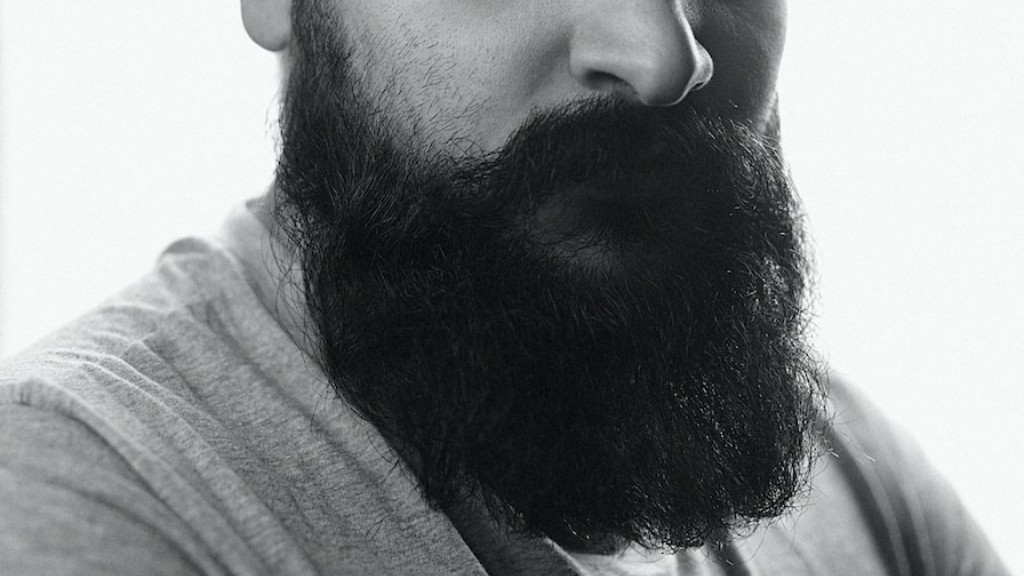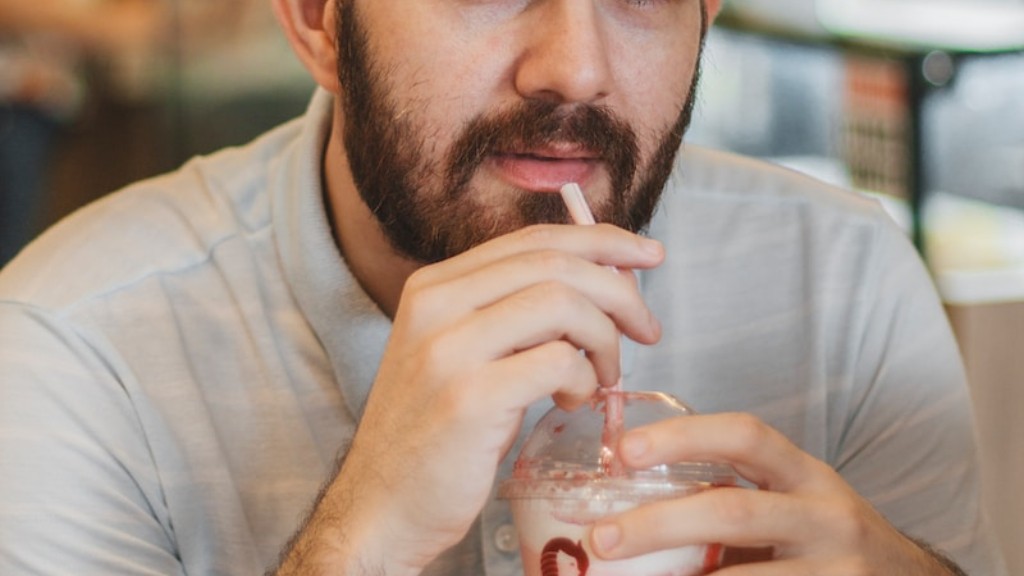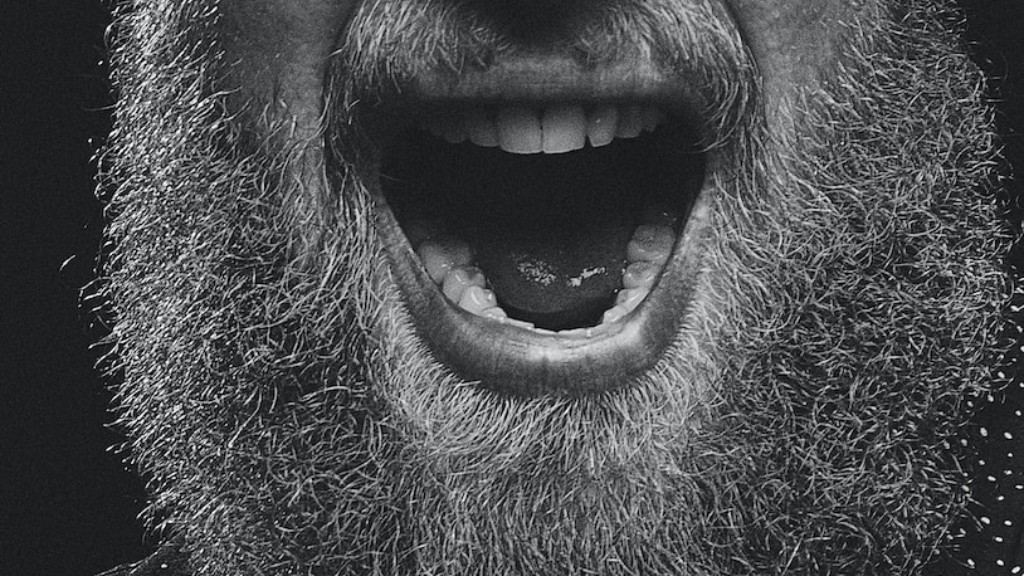The author of this piece is wondering if they are growing a beard. They note that they have some hair on their chin and upper lip, but they’re not sure if it’s enough to count as a beard. They ask if anyone else has gone through this experience.
There’s no way to know for sure without consulting a doctor or dermatologist.
What are the signs of beard growth?
Puberty is a time of physical changes for boys and girls. Among these changes is the development of sexual characteristics. For boys, this includes the growth of facial and body hair.
Facial hair typically develops in a characteristic order. Hairs appear first on the upper lip, followed by the sideburns, chin and then cheek. Hair appears last in the neck area.
The timing of these changes varies from person to person. For some boys, facial hair may start to appear in middle school. For others, it may not appear until they are well into their teenage years.
If you are concerned about the timing or appearance of your facial hair, talk to your doctor. They can provide reassurance and guidance.
Most men will have a full beard by their early 20s, but some may need to wait until they hit 30 to reach full beard growth. Puberty might initiate the facial hair growing process, but how fast and thick your beard grows will depend on factors that we’ll discuss below, including genetics and hormone levels.
How long does it take for a beard to fill in
If you’re patient, though, and you don’t shave, you will be rewarded with a full, healthy beard in due time. In the meantime, you can use some beard oil or other products to help encourage healthy growth and make the beard look its best.
There are many reasons why some men can’t grow facial hair, the most common being genetic factors. Some men who have trouble growing beards have turned to beard implants, although they are expensive and a surgical procedure.
What is the awkward stage of beard growth?
The awkward phase of growing a beard is a difficult time for many men. Your hair is significantly longer than stubble, but shorter than a typical beard. It can be itchy and difficult to style. Getting through this phase requires time, patience, and commitment. Be patient and your beard will soon be the envy of all your friends.
Testosterone and Dihydrotestosterone (DHT) are both hormones that play a role in regulating and stimulating facial hair growth. In most cases, higher levels of Testosterone and DHT result in faster, thicker, and better beard growth. However, having low levels of Testosterone can negatively affect your beard growth. If you are concerned about your beard growth, speak to your doctor about ways to increase your Testosterone levels.
What does a 2 month beard look like?
If you want to grow a beard, give yourself at least two months to see how it comes in. Trimming it too short early on will only make it more difficult to get the look you want. Be patient and let it grow!
There is no set age for when facial hair growth will stop. For some men it happens gradually, with the beard becoming thinner and patchier over time. For others, it happens more abruptly, with the beard simply ceasing to grow altogether. The average age for beard growth to stop is around 35, but this can vary depending on the person.
Do beards get thicker with age
Your beard can definitely get thicker with age, but it all depends on a number of factors. Genetics, diet, stress levels and overall health can all affect hair growth in general, so it may take years to achieve the fullness and density you want. Be patient and keep at it, and you’ll eventually get there!
If you’re struggling to grow a beard, it’s unlikely that your testosterone levels are to blame. Instead, it’s likely that your hair follicles are sensitive to dihydrotestosterone (DHT). DHT is a male sex hormone that’s produced by testosterone. While it’s necessary for beard growth, too much DHT can lead to patchy growth.
Will patchy beard ever fill?
If you’re patchy, there’s not much you can do to make your beard fuller. You can try to style it in a way that covers up the patches, but ultimately, you’ll just have to accept that it’s a part of your genetics. Embrace the beard you have and appreciate it for what it is.
Hair trimming is a personal choice and many people do it for different reasons. Some people trim their hair to get rid of split ends, while others do it to protect the thickness of their hair. There is no scientific evidence to support the claim that hair grows back thicker after it is trimmed. In fact, hair is made up of dead cells, so trimming it will not affect the rate of growth.
Why can my dad grow a beard but I can t
From what I can tell, it seems like genetics play a pretty big role in how much facial hair someone has. More specifically, it seems like you get half of your DNA from your father and half from your mother. And, from what I can gather, it seems like the DNA from your mother’s side of the family is more dominant when it comes to facial hair growth. So, if you’re looking to grow more facial hair, it might be worth talking to your mom’s side of the family to see if they have any tips or if there’s anything you can do to try and encourage more growth.
The new study found no relationship between the amount of facial hair and self-perceived dominance in men and their testosterone levels. This contradicts previous research which suggested that there was a link between the two. The new study suggests that the relationship between facial hair and testosterone is more complex than previously thought.
Does testosterone cause beard growth?
Testosterone is a hormone that affects the growth of facial hair, and its levels can vary. Males between 19 and 38 typically have a range of 264 to 916 nanograms per deciliter. This represents the 25th to 975th percentile for testosterone. Low testosterone can adversely affect beard growth.
This is always the hardest part of growing your beard. The stubble which forms on your face causes huge amounts of irritation and itchiness, with the new hairs being coarse and rough.
Final Words
There is no definitive answer to this question since everyone’s hair growth is different. Some people may start to grow a beard within a few weeks, while others may take months or even years. Ultimately, it depends on your individual genetics and how fast your hair grows. However, if you notice that you are starting to grow some facial hair, it is likely that you will be able to grow a beard.
There is no one answer to this question since it depends on a variety of factors, including hormones, age, genetics, and personal preferences. However, if you are interested in growing a beard, it is important to be patient and give your hair time to grow in. Trimming and shaping your beard can also help it appear fuller and more polished.
